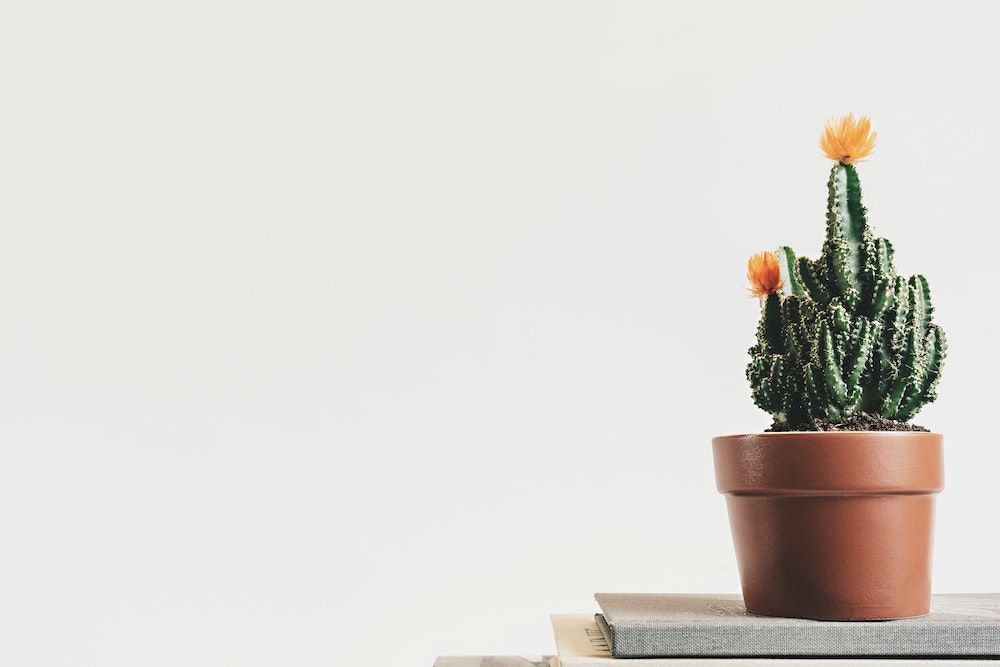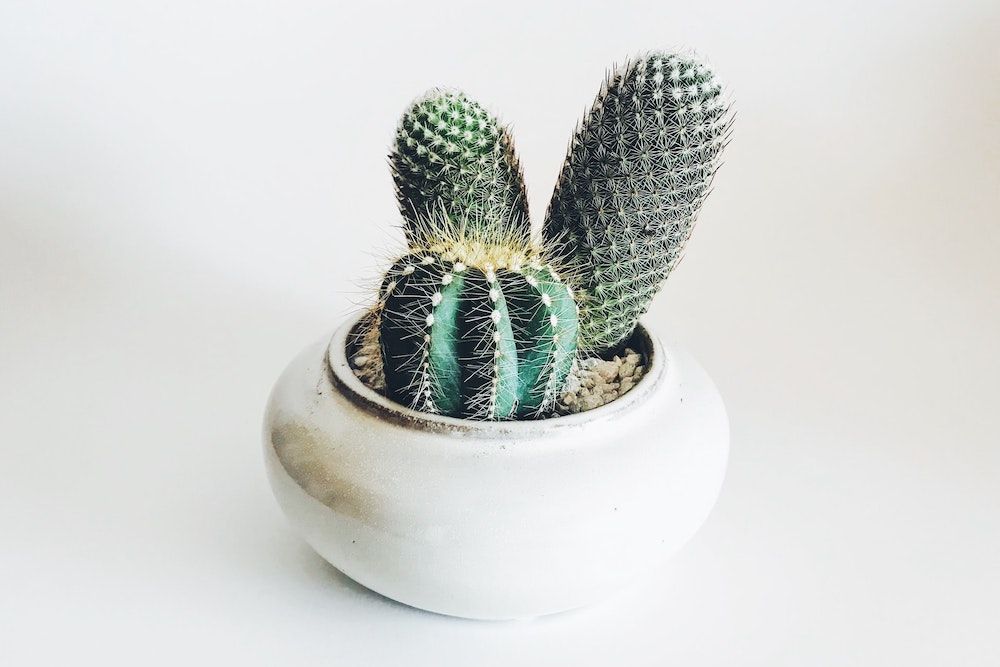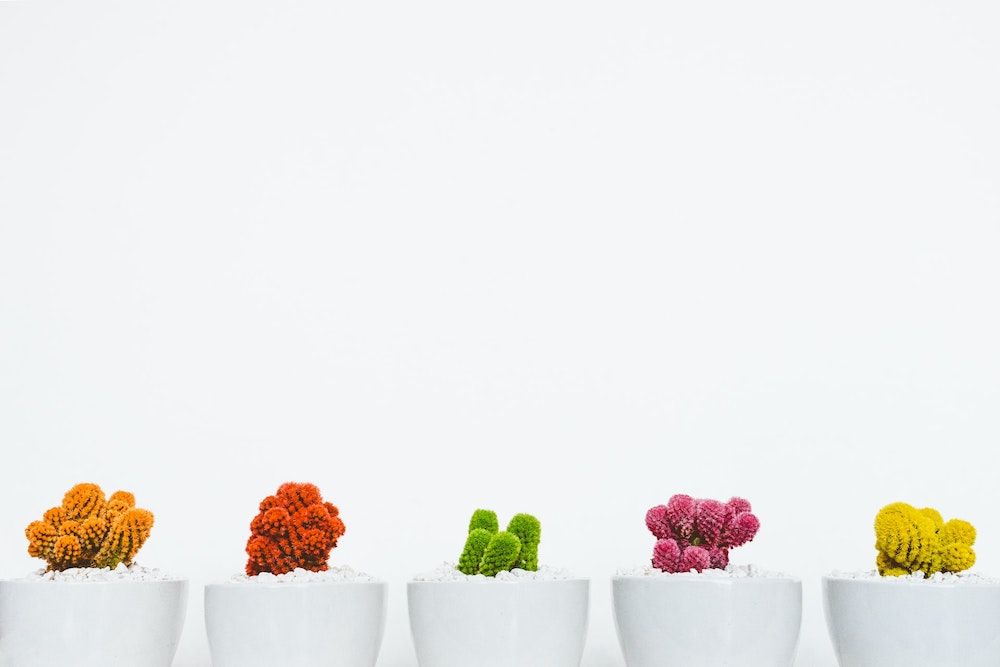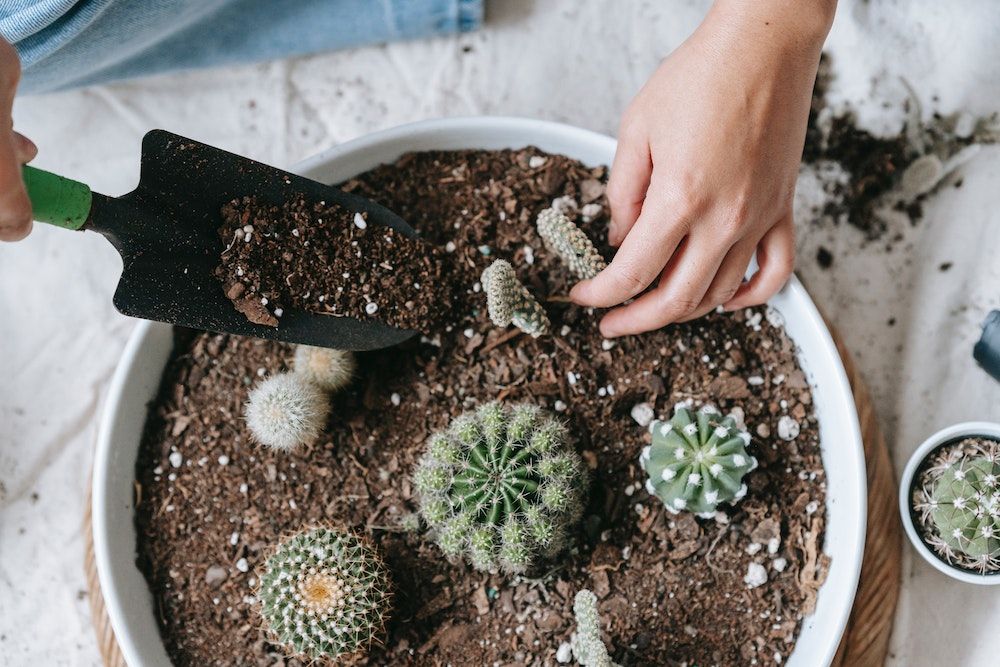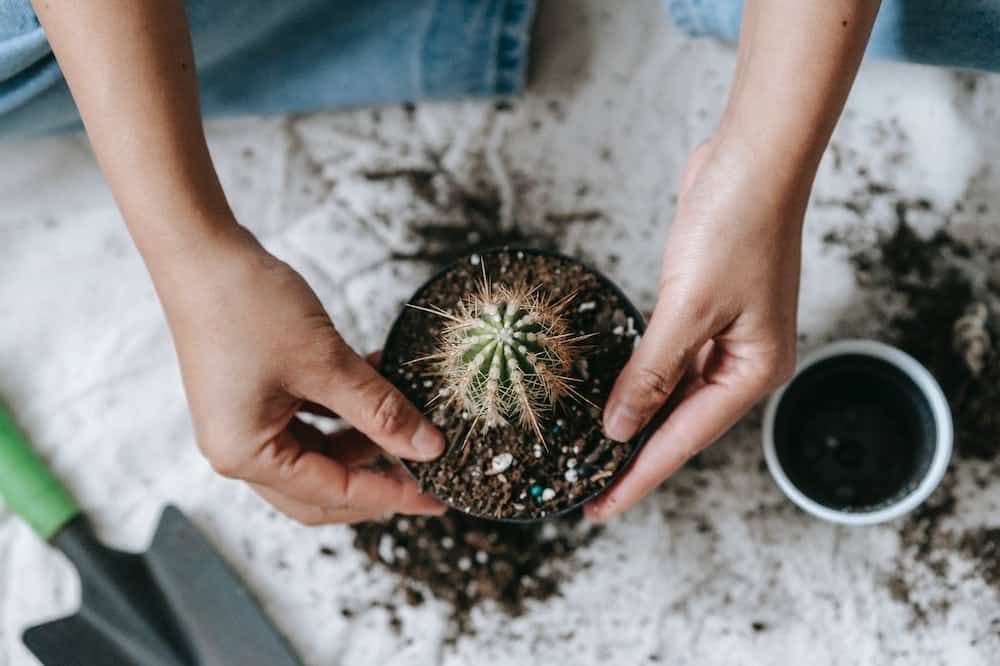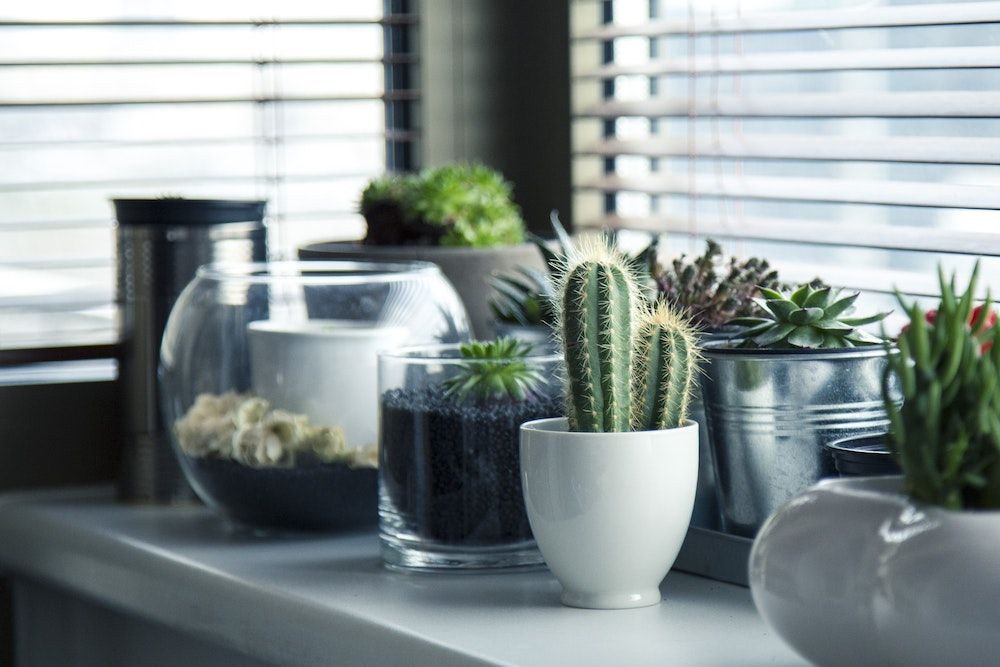Cacti are some of the most popular plants for indoor and outdoor gardening among amateur and expert gardeners. They are beautiful, and although a little prickly, they're hardier than most plants.
Cacti come in all sizes and shapes, making them ideal for almost every spot in your home or garden. However, as with all other plants, they require special care, lots of TLC, and, most importantly, good soil.
So, what is the ideal potting mix for cacti? Does the cacti type matter when mixing your potting soil? Below, you'll learn more about common cacti problems, the perfect soil, and popular varieties to keep in mind.
A Little More About Cacti
Image credit: Scott Webb via Unsplash
Before jumping into the depths of soil mixing, it is essential to figure out more about cacti and succulents in general. They originate from arid places and can go through long periods of drought because they store water in their leaves and stems.
It is why you should rarely water them, and once you do, don't leave their pot in standing water since these plants despise wet feet. They prefer hot climates with little to no humidity, which is why they're grown indoors around the northern hemisphere.
To ensure that your cactus will thrive, you should fertilize it regularly. Feed your cactus with a potassium-rich fertilizer, such as tomato fertilizer, once every month during its active growing season, which runs from March to September.
Why You Should Make Your Own Cactus Soil
Image credit: Stephanie Harvey via Unsplash
Often amateur cacti enthusiasts rush to their nearby gardening center to buy a bag or two of cactus soil in preparation for the upcoming repotting. The only problem with purchasing ready-made mixes is that different cacti have different soil needs. In the long run, buying ready-made mixes won't be budget-friendly.
It's better to learn how to make homemade cactus soil so you can cater to the needs of many different cacti. In reality, all you need is a large container, ingredients, and a hand trowel for the mixing. You can make as much or as little as you need for the occasion. If you've accidentally made too much, you can store it properly for future use.
Pro Tip: It's known that store bought soils contain too much peat, retaining more moisture then you want. Keep reading to find out the perfect combination of ingredients!
Most Common Cactus Problems
Image credit: Scott Webb via Unsplash
While typically, you won't have too much trouble with succulents and cacti, sometimes, if the conditions aren’t good enough, problems will pop up. Here are some common cactus problems you might come across.
Root Rot
Cacti don't like wet feet, so if you overwater or leave them in standing water for too long, they'll develop root rot, damaging your plants. You can use household items to eliminate root rot, but prevention is better than the solution.
Underwatering can cause your plant's roots to wither and dry out. Invest in a good soil moisture tester to see if your cactus needs a drink to avoid under and overwatering.
Lack of Sunlight
Cacti and succulents require at least four hours of sunlight exposure daily to thrive. However, remember different cacti have different lighting requirements. Cacti need sunlight to start the Crassulacean Acid Metabolism (CAM) photosynthesis process, which allows them to retain moisture by collecting carbon dioxide at night.
Since they can't keep their stomata open during the day, they take in carbon dioxide at night and store it in the form of an acid. That said, leaving your cacti outside under direct sun can burn the plant. To maintain a good light balance to help your cacti thrive.
Pro Tip: Rotate your cacti throughout the day so all sides get adequate lighting - your plants will thank you! This helps to prevent deformities.
Weather
While most succulents and cacti are relatively hardy, they can't deal with all types of weather. Cold weather and excess humidity are serial killers for these plants, so bring your cacti inside during the cold and humid seasons.
Pests
Lastly, cacti can fall prey to mealybugs, red spider mites, and scale insects. Use neem oil as an organic insecticide for your plants. Avoid using chemical pesticides, as they can cause phototoxicity if you accidentally expose the plant to direct sunlight during or immediately after application.
The Ideal Cactus Soil Makeup
Image credit: Teona Swift via Pexels
Cacti prefer well-draining soils that don't retain much moisture. As you've learned above, too much moisture can cause root rot, harming your plant. Therefore, the ideal soil for succulents and cacti should have excellent drainage.
Don't use regular garden soil for your cacti, as they retain too much moisture, are heavy, and can easily get compacted. To create these potting mix recipes, put the ingredients in a container and thoroughly mix them by hand or using a hand trowel.
Note: Always wear your gardening gloves before handling soil.
|
CSSNM’s General Potting Soil for Cacti and Succulents |
|
|
CSSNM’s Mix for Potting Cacti |
|
|
Central Texas Gardener’s Succulent and Cactus Soil Mix |
|
|
Plant Care Today’s Potted DIY Recipe |
|
The Best Soil for Desert Cacti
Image credits: Teona Swift via Pexels
Desert cacti prefer rocky soil that's rich in nutrients. To help them thrive, work out a mix containing coco coir and vermiculite, perlite, or pumice since these ingredients will help promote excellent aeration and drainage. To create the ideal soil for desert cacti, use regular potting soil as a base.
Don't add wood chips or pine bark. Instead, add two parts of pumice, perlite or vermiculite, to ensure excellent drainage. Then add some coco coir and mix thoroughly. Coco coir takes longer to decompose and holds just enough moisture for the plant to thrive.
The Best Soil for Jungle Cacti
Image credit: Pixabay via Pexels
Almost all jungle cacti can grow on rocks or depend on the surrounding trees to survive. They grow by extracting and absorbing all the nutrients from fallen leaves and debris around them. It is why the potting mix of jungle cactus should include oak leaf mold, peat moss, bat guano, orchid or fir bark, coco coir, and pumice.
Jungle cacti have the same recipe as the desert one, apart from a tiny detail - you have to add one part pumice and two parts of orchid bark. It will allow for better aeration compared to the other mix. However, keep an eye on the bark because as soon as it breaks down, it's time to repot.
Cactus Makes Perfect
Cacti and succulents are versatile plants that can charm any backyard or room. They may seem rough and hardy on the outside, but they're pretty mushy on the inside! Besides regular watering and sunlight, cacti and succulents require well-aerated and well-draining soil to thrive. Moreover, they require regular fertilizing.
Hopefully, this article has helped you learn how to make the perfect homemade cactus soil mix for your plants. Leave your experiences, thoughts, and questions in the comment section, and as always, please share!
Happy gardening!


